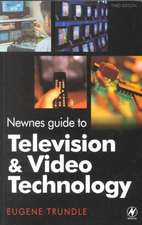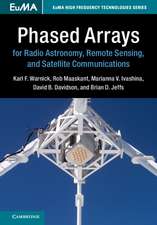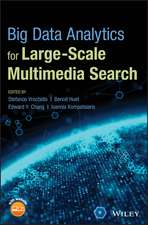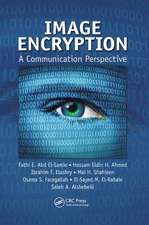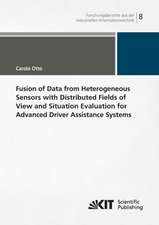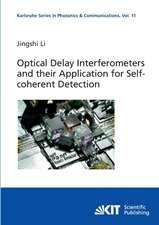A Practical Introduction to Computer Vision with OpenCV3
Autor K Dawson–Hoween Limba Engleză Paperback – 12 mai 2014
Preț: 451.12 lei
Preț vechi: 585.87 lei
-23% Nou
Puncte Express: 677
Preț estimativ în valută:
86.35€ • 93.83$ • 72.58£
86.35€ • 93.83$ • 72.58£
Carte tipărită la comandă
Livrare economică 22 aprilie-06 mai
Preluare comenzi: 021 569.72.76
Specificații
ISBN-13: 9781118848456
ISBN-10: 1118848454
Pagini: 234
Ilustrații: colour illustrations, colour illustrations, figures
Dimensiuni: 170 x 244 x 11 mm
Greutate: 0.48 kg
Editura: Wiley
Locul publicării:Chichester, United Kingdom
ISBN-10: 1118848454
Pagini: 234
Ilustrații: colour illustrations, colour illustrations, figures
Dimensiuni: 170 x 244 x 11 mm
Greutate: 0.48 kg
Editura: Wiley
Locul publicării:Chichester, United Kingdom
Public țintă
Primary: Senior undergraduate and graduate students in computer vision from both computer science and electrical engineering departmentsSecondary: Professionals looking to gain a practical, self–guided introduction to computer vision
Cuprins
Notă biografică
Kenneth Dawson-Howe, School of Computer Science and Statistics, Trinity College Dublin, Ireland Dr. Dawson-Howe is a Lecturer in the School of Computer Science and Statistics and part of the Graphics, Vision and Visualisation (GV2) Research Group at Trinity College Dublin. He currently teaches the course Computer Vision/Vision Systems to final year undergraduate and Masters students. He has been teaching courses in the area of computer vision for over 20 years. He is co-author of the Dictionary of Computer Vision & Image Processing published by Wiley in 2005 (2nd Edition to publish December 2013).
Descriere
Computer Vision is a rapidly expanding area and it is becoming easier for developers to make use of this field due to the ready availability of high quality libraries. This book explains the theory behind basic computer vision and offers a bridge from the theory to practical implementation using the industry standard OpenCV libraries.

